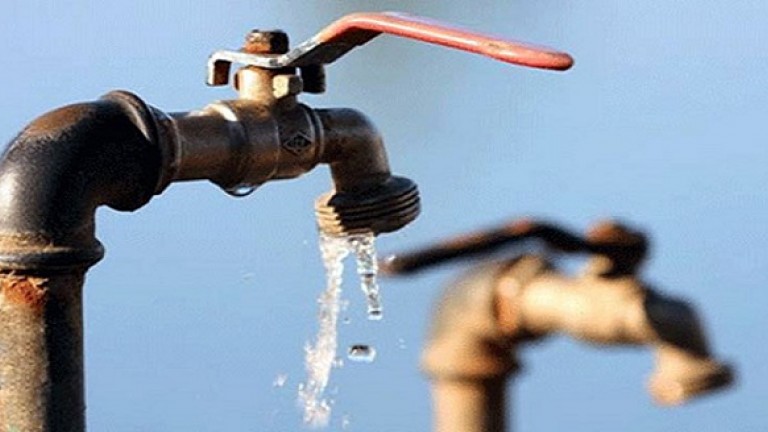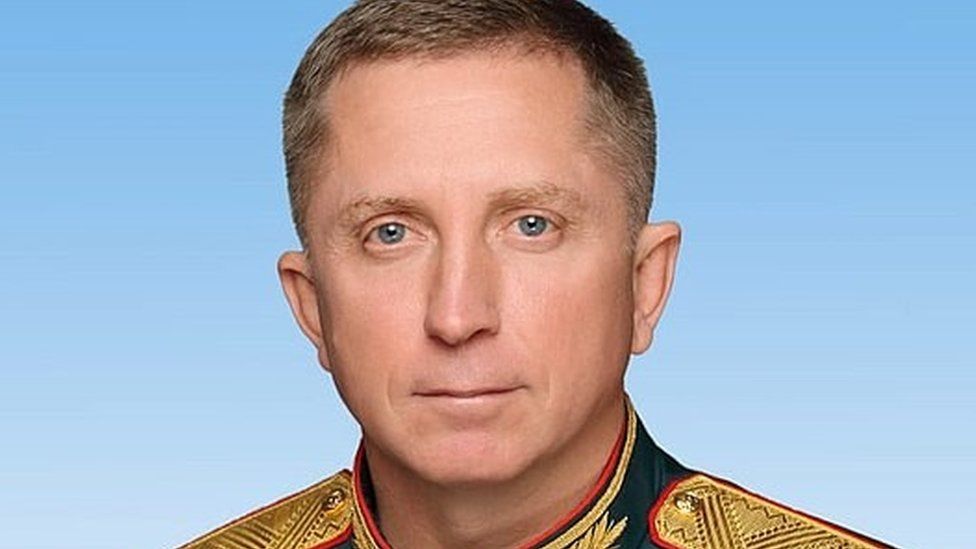Shkoi Kurdistan-
Sulaimani’s water table underground has decreased up to 17 meters in some places in the past three years, Groundwater Directorate of Sulaimani told Shkoi Kurdistan on Monday, blaming it on illegal wells and the overuse of water by citizens.
“We haven’t reached an uncontrollable drought, the situation is under control up till now, but we have to reorganize management and see how we can use the budget provided to us in the best way, to have the best outcome with the least expenses and learn from our past mistakes, and with the budget provided, the priority will be drinking water,” Abbas Ali told Shkoi Kurdistan on Monday.
In some areas, water levels have decreased up to 17 meters between 2018 and 2021. In Sulaimani city water levels have decreased five to 11 meters, in Qaradagh 15 to 17 meters, in Qaladze seven to 15 meters and Chamchamal 11 to 15 meters, according to Ali.
He related it to four issues: climate change, illegal wells and the lack of laws that regulate the usage of water.
He added that, despite laws that prevent drilling wells without authorization, a lot of violations have been committed especially at countryside houses and stated that “15,000 illegal wells exist” in the province.
The Kurdistan Region’s Water Directorate told Shkoi Kurdistan in April that “underground water levels have been steadily dropping for the past few years due to excessive water retrieval from wells,” adding that they will reorganize distribution to decrease the overuse of water.
Erbil is also suffering from low groundwater levels. Aziz Asaad, the Directorate of Groundwater in Erbil told Shkoi Kurdistan last month “in the past 20 years when we have been observing underground water levels in 80 wells of all the Erbil province, we have realized underground water levels have been constantly decreasing since 2000 up to now.”
One of the reasons is “the government’s lack of focus on hydro-politics with neighbouring countries,” in addition to the lack of water usage awareness by citizens. Asaad added that they are now using water that has been collecting underground for millions of years, which is not to be used unless there is serious water scarcity.
In Erbil, over a third of the water comes from surface-level sources, while nearly two-thirds come from underground reservoirs, where he said they have been the most affected. Erbil Governor Omed Khoshnaw noted in July that Erbil has more than 9,000 official wells, as well as 5,000 illegal ones. The depth for wells two and a half decades ago was around 120 meters but has dropped to 500 meters in 2021.
Khoshnaw added that Erbil has been “hit the hardest” by a growing water crisis in the Kurdistan Region and the issue is expected to worsen in August. Some of the residents of Badawa neighbourhood took to the streets last week protesting weeks-long water scarcity.
Residents in Sulaimani province’s Tanjero area also blocked roads on Sunday in protest of the lack of clean drinking water as well as essential services.
Kurdistan Region and Iraq are regularly affected by water shortages, however, this year the situation has been particularly bad as there was less snowfall and rain than normal during the winter and spring, as well as the construction dams in neighboring countries
Water shortages in the Kurdistan Region are also attributed to poor water management and inadequate funding. A budget of 2.5 billion dinars ($1.7 million) was provided in June by the Kurdistan Regional Government (KRG) for drinking water.
KRG officials warned in April that the Region was already in the midst of a water crisis.



